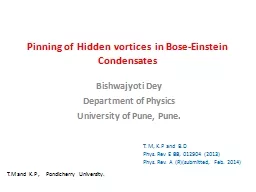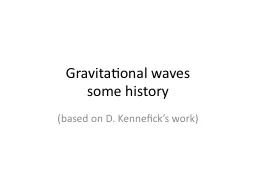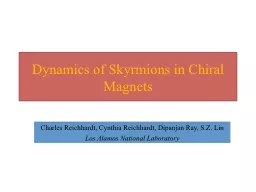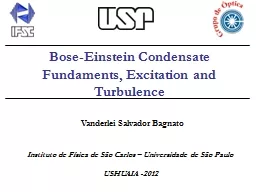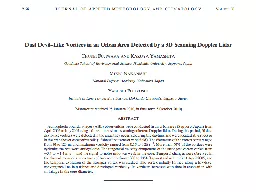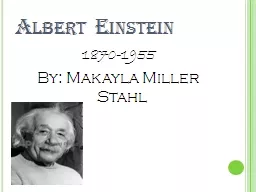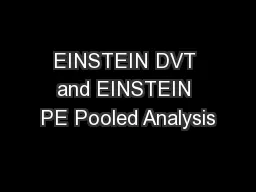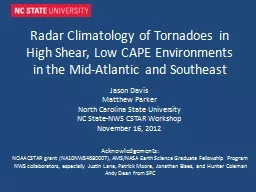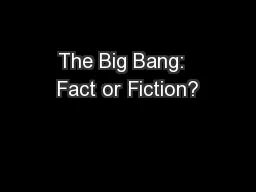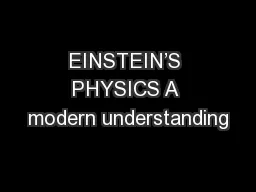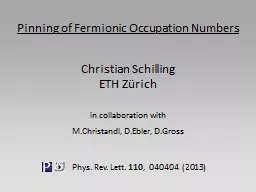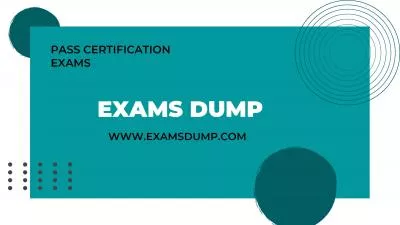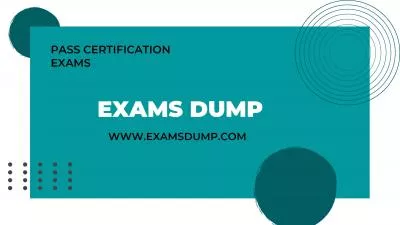PPT-Pinning of Hidden vortices in Bose-Einstein Condensates
Author : kittie-lecroy | Published Date : 2016-08-09
Bishwajyoti Dey Department of Physics University of Pune Pune T M KP and BD Phys Rev E 88 012904 2013 Phys Rev A Rsubmitted Feb 2014 TM and KP Pondicherry University
Presentation Embed Code
Download Presentation
Download Presentation The PPT/PDF document "Pinning of Hidden vortices in Bose-Einst..." is the property of its rightful owner. Permission is granted to download and print the materials on this website for personal, non-commercial use only, and to display it on your personal computer provided you do not modify the materials and that you retain all copyright notices contained in the materials. By downloading content from our website, you accept the terms of this agreement.
Pinning of Hidden vortices in Bose-Einstein Condensates: Transcript
Download Rules Of Document
"Pinning of Hidden vortices in Bose-Einstein Condensates"The content belongs to its owner. You may download and print it for personal use, without modification, and keep all copyright notices. By downloading, you agree to these terms.
Related Documents

